19 Ways to Make Your Homestead Resilient to Drought
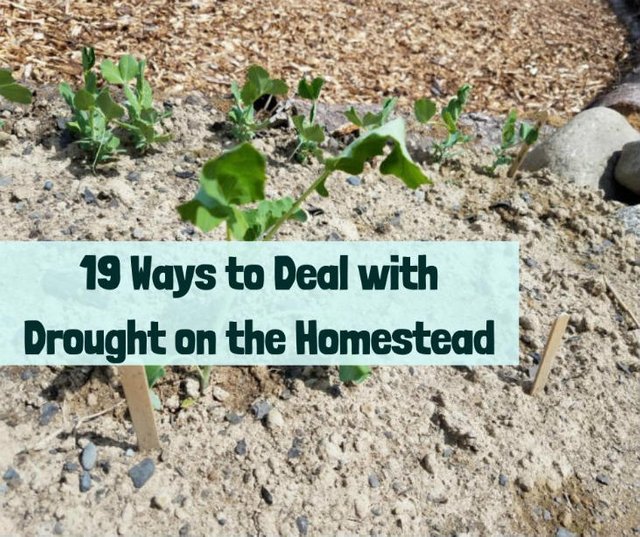
As a wild homesteader part of my homesteading philosophy is to do as little watering as possible. But during a drought that can be a challenge. Luckily, there are great methods you can use to make your homestead and garden more resilient to drought.
This week’s blog post—19 Ways to Deal with Drought on the Homestead—covers 19 different methods you can implement to increase the resiliency of your homestead to drought.
These 19 methods are broken into 3 sections:
- Dealing with Drought on the Homestead: What to do in the Spring Before the Drought Starts
- Dealing with Drought on the Homestead: What to do During the Drought
- Dealing with Drought on the Homestead: The Fall or Winter After the Drought
Each section contains 6 or 7 different methods for 19 in total. These methods focus on the soils and plants and not any potential animal systems. But your animal systems will be more resilient to droughts if the rest of your homestead is already resilient to droughts.
These methods are not meant to be silver bullets to drought. Instead these are methods that if implemented yearly will steadily improve your homestead’s ability to weather droughts. Quick fixes (such as irrigation systems) don’t build long term resiliency.
Here in western Washington droughts are becoming a yearly event starting in May or June and continuing through early September. This can make it hard to avoid watering but with these methods I have been able to skip watering (except for newly planted plants and seedlings) even with the yearly droughts.
What about your homestead? Is drought a concern for you?
Dealing with Drought in Spring Before the Drought Hits
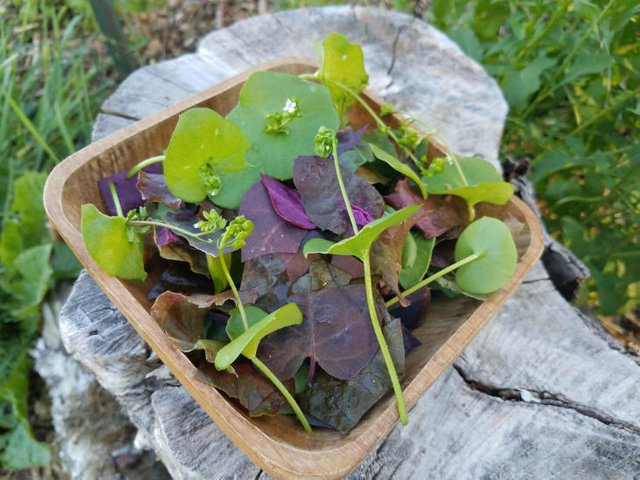
Spring is a time of abundance but don’t let the rains distract you from the prep work you can do to get ready for the summer drought. The blog post covers the following methods that can be used in spring to prepare for drought.
- Do Not Till Your Soil
- Apply Mulch Around All Your Plants
- Create Late Afternoon Shade
- Block Summer Winds
- Install Protection Against Deer, Rabbits, and Other Critters
- Water Deeply and Infrequently
These methods focus on ensuring the water holding capacity of your soil is being improved, reducing the loss of water from the soil through evaporation, preventing animal browse, and encouraging plant roots to go deep.
Dealing with Drought in Summer During the Drought
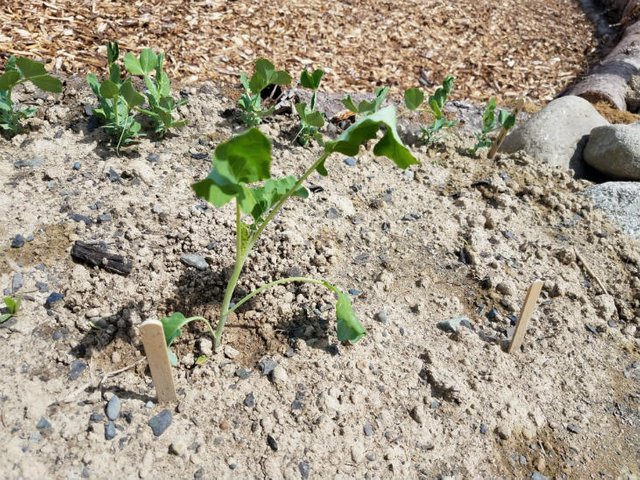
When the drought hits it can be hard to not water. But even so there are methods you can use to improve the effectiveness of your watering and reduce the amount of watering you need to do.
Each year you use these methods your homestead will become more resilient to drought and require less and less watering. Eventually, you may even be able to skip watering all together.
Here are 6 methods you can use during the drought to deal with it and improve your homestead’s long-term resiliency to drought.
- Only Water When Necessary
- Add Additional Mulch
- Water When the Temperature is Relatively Low, and the Garden is Not in Direct Sunlight
- Place Small Logs on the Sun-Exposed Sides of Your Plants
- Leave Tall Spent Plants to Cast Shade and Block Winds
- Harvest During the Morning or Evening
A goal with these methods is to water as little as possible but when you do water to water deep into the soil. As with the spring time methods another goal is to reduce evaporation as much as possible.
These methods work best when combined with each other. You can water heavily and deeply and then apply fresh mulch for example.
Dealing with Drought in the Fall/Winter after the Drought
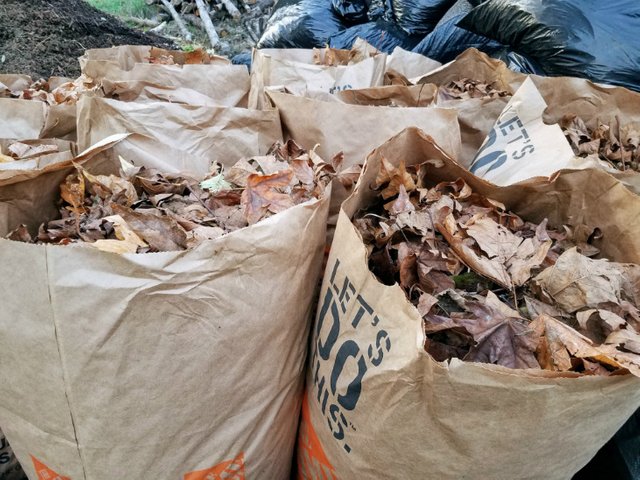
The work does not stop once the drought is over. There is still a lot you can do in the fall and winter to improve your homestead’s ability to weather future droughts.
Using these methods every year will reduce the work (and stress!) next time a drought comes. Here are 7 methods you can use in the fall/winter.
- Chop-and-Drop All Spent Garden Material and Leave the Roots in the Ground
- Add Fall Leaves to the Garden Beds
- Grow a Cover Crop
- Plant Perennial Plants
- Plant Hedgerows to Create Wind Blocks and Late Afternoon Shade
- Improve the Water-Holding Capacity of the Area Around Your Garden
- Replace Your Garden Beds with Hugelkultur Beds
With the drought over these methods focus on improving your soil’s water holding capacity and reducing how much water your garden needs by reducing evaporation and planting more perennials.
Putting it All Together
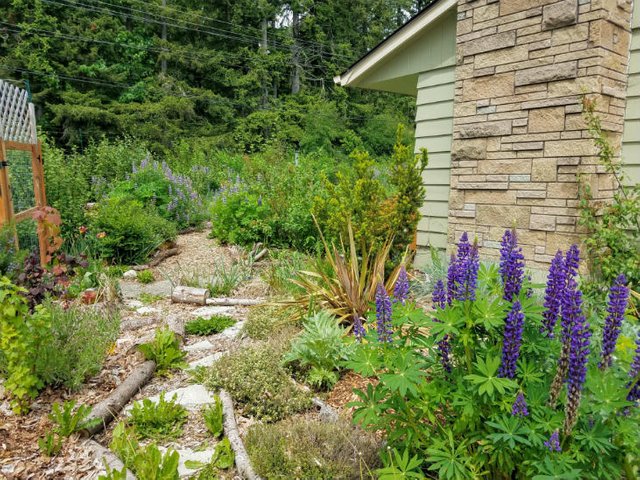
These 19 methods covered in this week’s blog post are all meant to work together. No one of these methods is a silver bullet that will completely drought proof your homestead but if used together they will make a significant impact overtime.
Dealing with drought can’t be a one-time thing you do and then forget about. Even during years with no drought, I would recommend using these methods. Otherwise your homestead will be more vulnerable when the drought does come back.
As a wild homesteader I don’t take water for granted. I want to use as little as possible so eventually droughts would have a minimal impact on the productivity of my homestead.
There are other methods such as swales and other earthworks plus rainwater catchment that you can also use that were not covered in this post.
What methods do you use to deal with drought on your homestead or in your garden? Please leave a comment sharing what you do.
Thank you!
A version of this post was also posted on permies.com

Weekly Blog Post
Related Blog Posts
Follow me for more posts all about homesteading, working with nature, and growing your own food: @wildhomesteading
And check out my blog - www.wildhomesteading.com for weekly in-depth posts on working with nature to grow your own food and start/build your homestead.
Our droughts have been getting longer over the last couple of years. My methods are similar to yours and the soil has gradually been improving, but when we get three months with no rain and temperatures over 110°F for days on end, I can't not water. Deep soaking is the only thing that keeps them alive on extreme days. Adelaide's pretty windy too. I think I'll look into wind breaks a bit more.
Posted using Partiko Android
Yeah, with that heat I can see why you would need to water. The 90s are generally the hottest it gets here and 80s are normal for summer.
Wind breaks are a great option. You might also want to see about growing vegetables in semi-shade. There are a number that don't mind it. I have a kale growing under a cherry tree on the north side of a hugelkultur bed. It gets very little sun but is growing happily in its second year.
Back when I was renting I grew a lot of greens in semi-shade on a small patio. They grew slower but lasted a lot longer than the ones in full sun and still provided a great harvest.
Good luck with the heat and thanks for the comment!